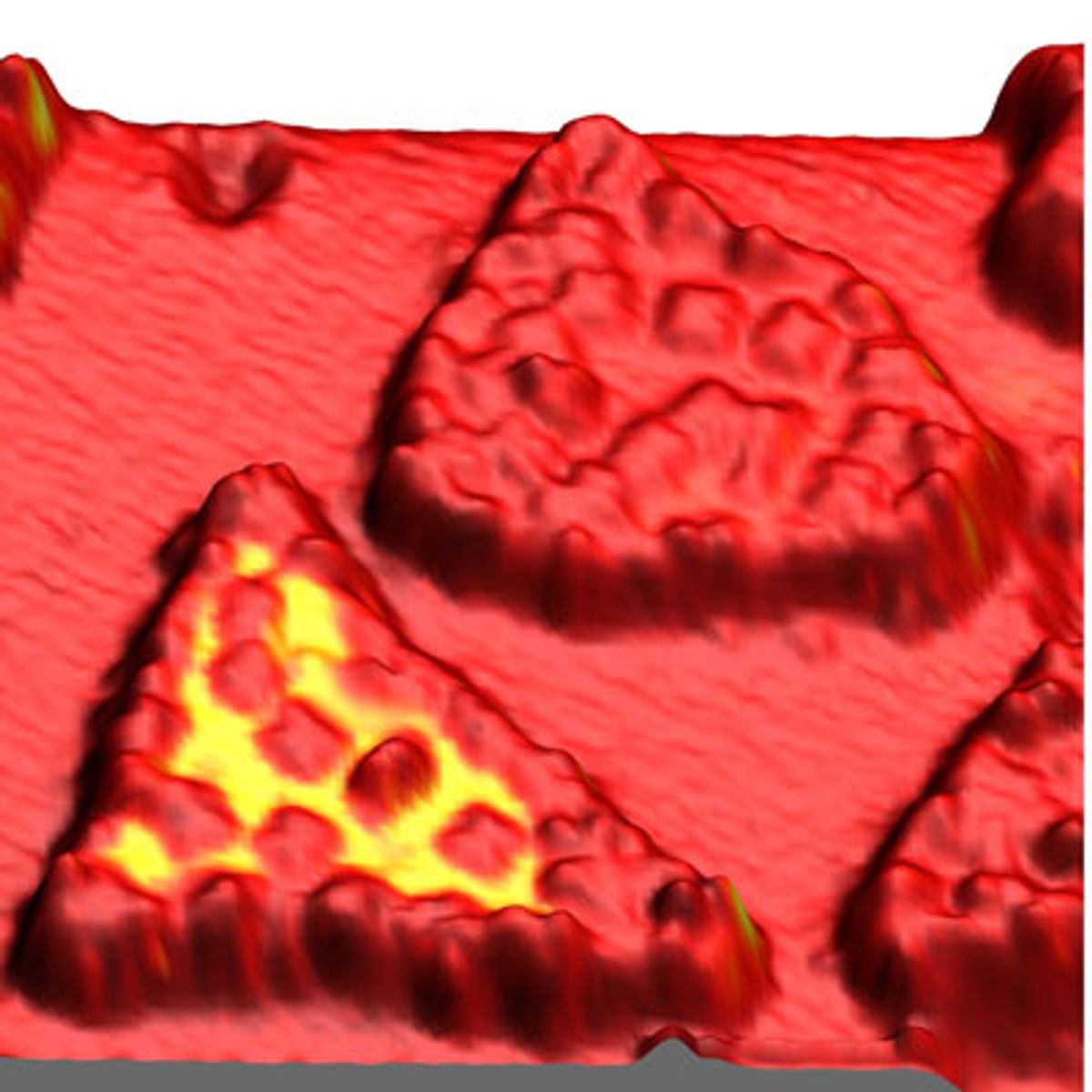In collaborative research between Karlsruhe Institue of Technology (KIT) Center for Functional Nanostructures (CFN) and the Institut de Physique et Chimie des Matériaux de Strasbourg (IPCMS), scientists have developed what is being dubbed the ‘world’s smallest magnetic field sensor’ by using the organic molecule hydrogen-phtalocyanin, used as the blue dye in pens.
The research, which was initially published in the journal Nature Nanotechnology, has drawn together the fields of spin electronics (or, “spintronics”) and molecular electronics by using one organic molecule to generate giant magneto resistance (GMR). As the Nature article terms it, “Giant magnetoresistance through a single molecule.”
It looks as though it could have an immediate impact where the grand daddy of the spintronics revolution—GMR—already holds sway in read heads for hard disk drives but make the reading speed even faster and the data density even greater.
But according to Prof. Wulf Wulfhekel, the lead researcher on the project, in an interview he gave for an article on the research, hard disk drive sensors are just the beginning.
“The use of spin for information encoding has several advantages — it’s non-volatile so you don’t need power to save the state of your machine,” explains Wulfhekel. “If you switch off your computer and switch it back on again, you don’t need to boot up. And also the power consumption is far lower, so this has advantages for mobile devices especially.”
It’s not clear to me, however, whether the researchers see this merely as a breakthrough in the area of hard disk memory or they see it as a move towards some kind of transistor and logic circuit of the future. The article, in which Wulfhekel is quoted, brings up this issue by comparing the scales of this component (one nanometer in diameter) to a carbon nanotube-based transistor that is on the scale of tens of nanometers.
In any case, it seems researchers at KIT have been pursuing molecular electronics rigorously recently with work done “to form a rigid light-emitting device based on single molecules."
While the electro-luminescence research didn’t have a clear application area, this latest research in creating a GMR effect with one molecule seems to be targeting mobile devices.
Dexter Johnson is a contributing editor at IEEE Spectrum, with a focus on nanotechnology.




